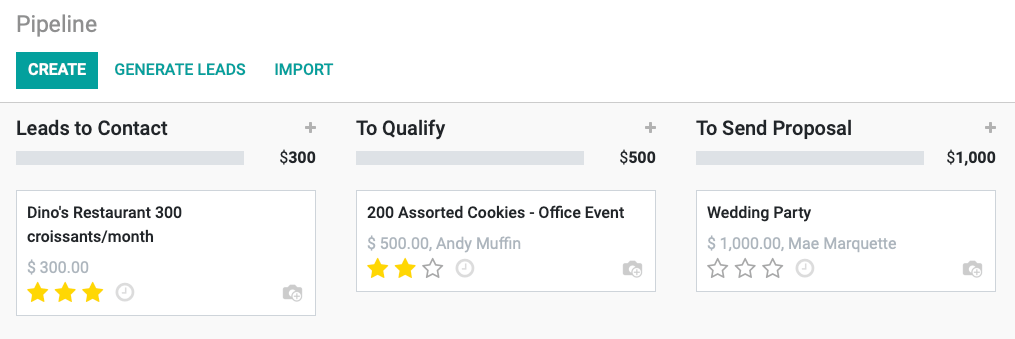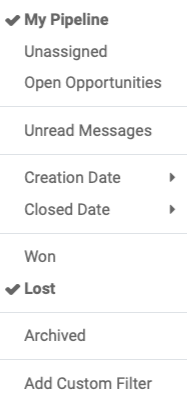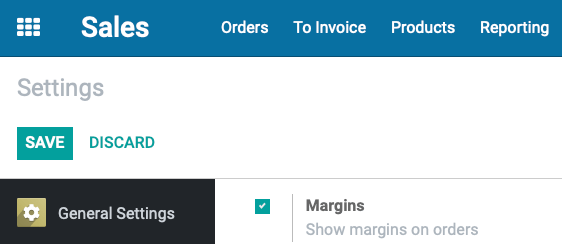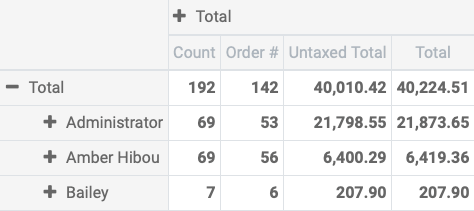Note: This blog was originally published in July of 2020 with the author credited on the original post.
Whether you’re a small company looking to drum up new business or a large company seeking to improve a haphazard sales process, the first target of your self-analysis should be your sales funnel.
A poorly constructed sales funnel can have negative consequences that reverberate through the company. Most tragically, it can stymie your company’s growth by misdirecting resources.
Fortunately, once you know what a good sales funnel looks like, it’s easy to determine where you can make improvements to yours. And with Odoo’s CRM and Sales applications, you’ll be able to put your strategy into action and witness the (positive!) results in real-time.
Poor Sales Funnels
If any of the below problems sound familiar, you might have a poor sales funnel on your hands.
Undefined Clients and Broad Markets: Are you unable to clearly define your target customer? Small businesses often cast their net too wide, trying to catch any customer that shows interest. It is more effective to identify small, niche segments with underserved needs, that you can learn to serve well.
Poorly Defined Stages: Are “Won” and “Lost” the only stages in your current sales funnel? If so, it will be difficult to guide your customer through the funnel and virtually impossible to discern where they are dropping out.
Long Time to Close: Does it take too long to make the sale? A short sales cycle is better than a long sales cycle, and your funnel may be unnecessarily drawing out yours.
Long Time to Get a “No”: Are you consistently surprised when a long-nurtured prospect gives you a “No?” Your sales funnel probably isn’t weeding out leads who are bound to ultimately walk away.
Produces Too Few/Many Clients: Are you swamped by the number of prospects but disappointed by the number of “wins?” Your funnel isn’t appropriately culling out the unpromising leads.
High Cost Per Customer: Do you have to sink copious resources into each prospect? A badly constructed sales funnel piles on extra work for very little payoff.
Good Sales Funnels
A good sales funnel is designed to make your life easier, to win more clients, and to make your company more profitable. It is opposite a bad sales funnel in almost every way:
Clearly Defined Customers: A good sales funnel knows who it’s trying to capture. Subdividing your potential customers into segments, and then selecting the top half is a good way to stop spending time on poor leads.
Clearly Defined Stages: Building a sales funnel is about improvement and refinement. Start with a few key stages, and when customers get stuck, subdivide the stages to better control the activities that happen at that stage. Odoo makes it easy to add, delete, and rearrange your funnel at any time.
Short Time to Close: Your funnel should quickly guide your leads through to the sale so your business can gain momentum. Most likely, you will need to balance smaller, shorter sales with the few large sales that will fill up your capacity. It may be useful to create multiple sales funnels to track different types of customers—easily handled in Odoo with sales teams.
Quick to Get to “No:” A good sales funnel narrows early. It should quickly cull the leads that show promise and not waste time on leads unlikely to sign. Try pushing qualifying questions up in the process, even if posing them is sometimes uncomfortable.
Produces Right Number of Customers: Good metrics on your forecasted sales help prepare your operations team to scale up or down to meet the needs of your customers. Odoo can help forecast upcoming sales, and good operations numbers can help you estimate if you have the capacity to serve new customers.
Low Cost Per Customer: The happy result of a good sales funnel is that you invest only moderately in each customer, allowing you to maximize your profit when they sign. The cost of sales as a percentage of income is an important metric and easy to report using Odoo.
Building Your Funnel in Odoo
Once you’ve reshaped your sales funnel, you can mirror it in the CRM application in Odoo. With a few quick configuration tweaks to the application, you’ll seamlessly monitor each customer’s movement through the funnel.
![]()
Updating the Pipeline Stages
Your funnel stages should be reflected in your Pipeline’s Kanban view. Add and rename Pipeline stages, and swap passive language for active language. “Leads” becomes “Leads to Contact,” and “Qualified” becomes “To Qualify.” Funnels exist to move leads from one stage to the next—help your sales team remember that!

Adding a Backlog
If your company has a long sales cycle, add a Backlog stage. This is where you can store leads that have been dragging their feet or otherwise seem unlikely to sign. Unpromising candidates won’t pad your funnel, giving you the impression that you have more irons in the fire than you truly do.

Tracking the Effectiveness of Your Funnel
Once your CRM application is configured for optimal tracking, you can begin analyzing some key pieces of information.
Locating Bottlenecks
With an optimized Kanban view, you can draw important insights on the effectiveness of your funnel. Sit back and look at each stage: Do certain stages have a build-up, or bottleneck, of clients? Can processes be streamlined in those stages to move clients through more quickly?

Lost Clients
It may be painful to revisit the clients who got away, but doing so can tell you where your funnel is failing you. Use the “Lost” filter to reveal lost clients in the Kanban view.

Remember that a good sales funnel weeds out the unpromising clients right away. If Odoo is showing you that you’re losing clients deep into your funnel, you’ll need to strengthen the prior stages.
Tracking Margins
One of the most powerful ways to monitor your funnel is by checking your margins in the Sales application. When you tick the Margins setting in the Sales application configuration, you’ll be able to see margins on every Sales Order, allowing you to make more informed sales decisions.

Use reports to see how your salespeople are performing via à vis one another and where improvements can be made.

Length of Your Sales Cycle
Within the CRM application’s Reporting functionality, you have access to vast amounts of data that can help you improve your pipeline. If you’re a lover of charts and tables—welcome to paradise!
If, however, this page is a jumble of colorful shapes to you, focus first on the number of days it takes to close a sale. This is a relatively simple metric to interpret and execute improvements upon. You’ll find it at the bottom of your Reporting page.

Once you’ve acclimated to Odoo’s reporting, hone in on only a few choice metrics per quarter. If you focus on too many at once, you risk diluting your attention to each and not making any real gains.
Remember that a sales funnel should be viewed as a growing, changing tool in your arsenal. Be ready to make alterations to it as your business needs dictate. Odoo makes it easy to understand when changes are needed and where, and helps keep your funnel solid and movement through it swift. Happy selling!